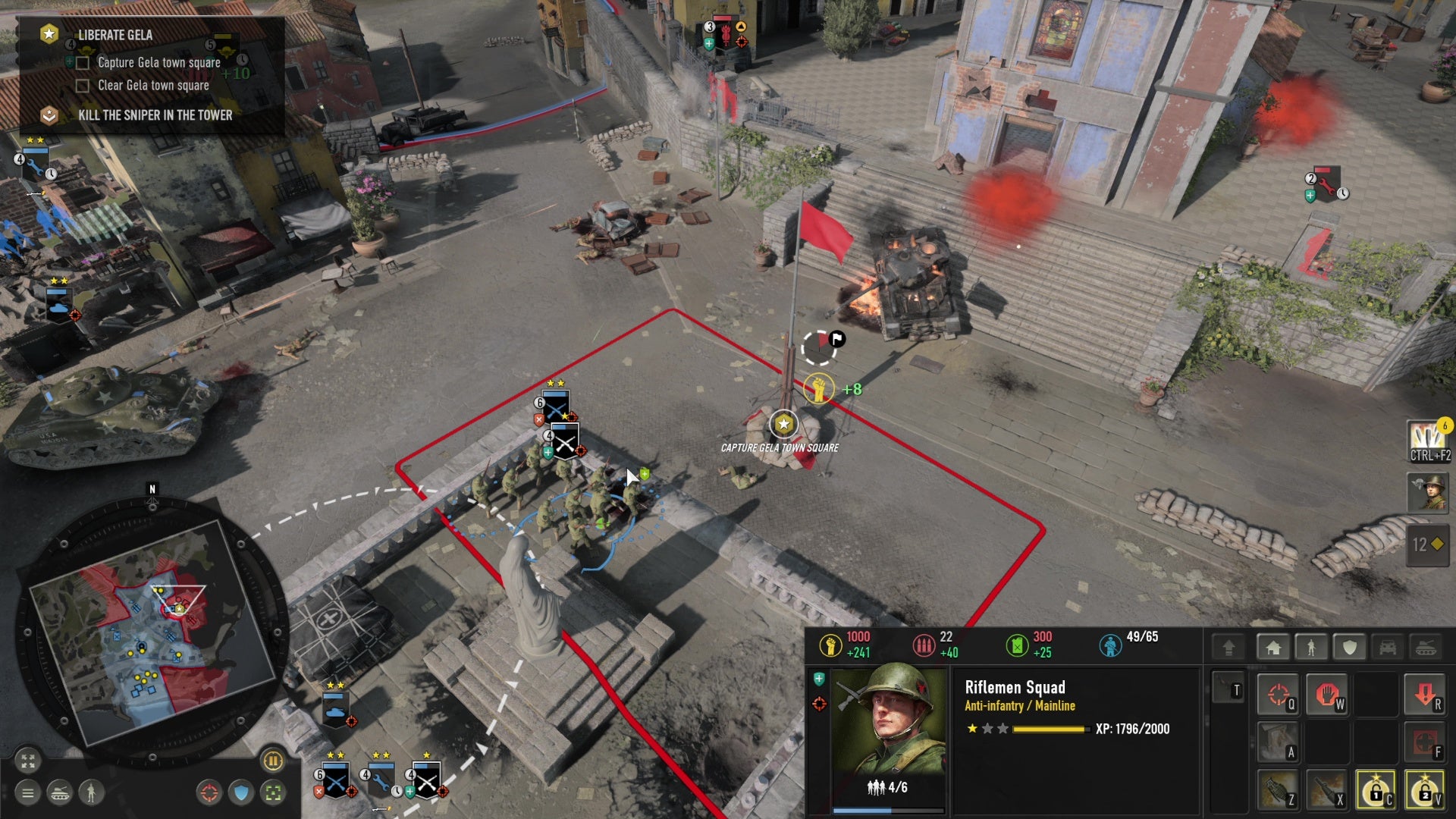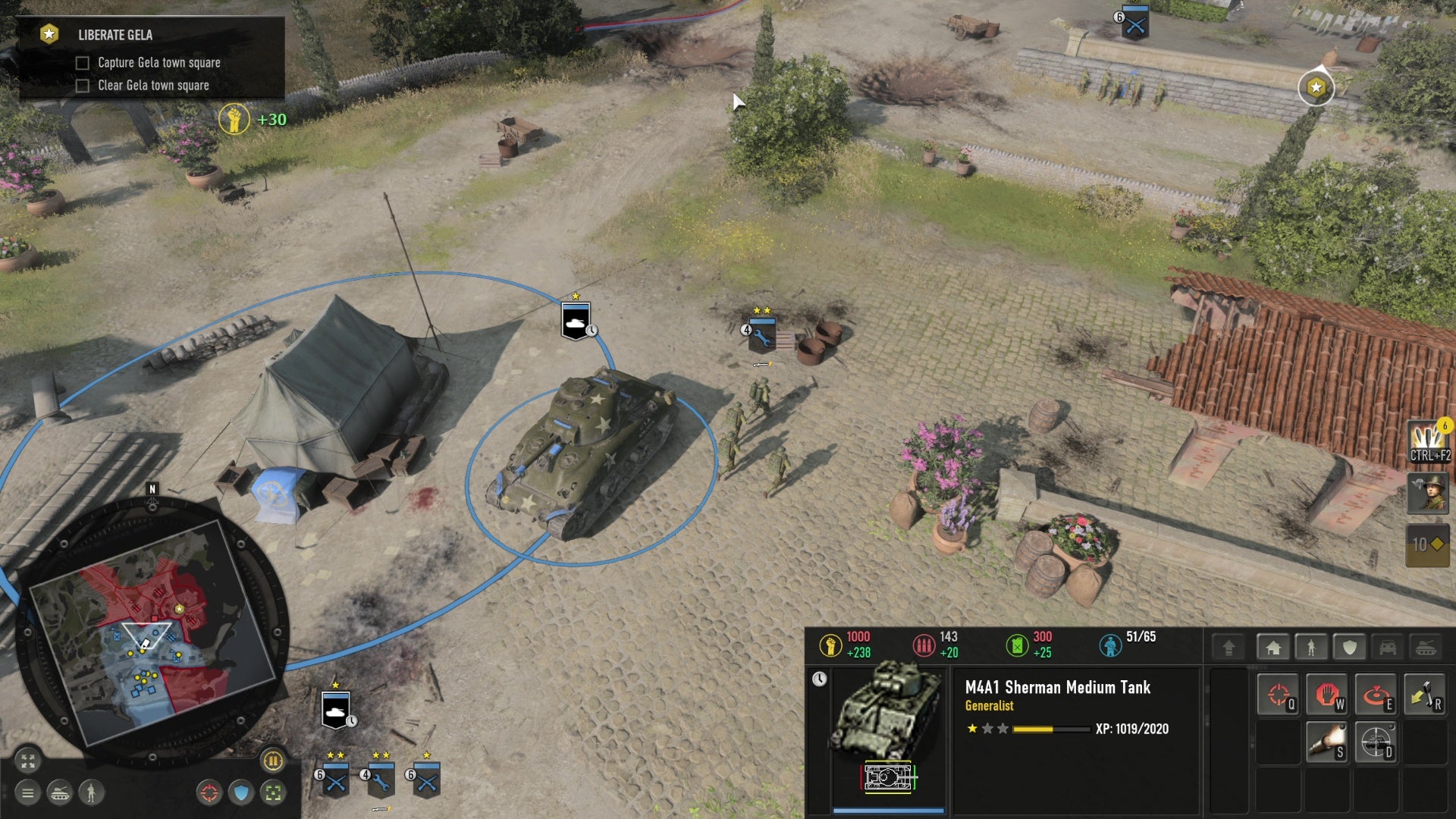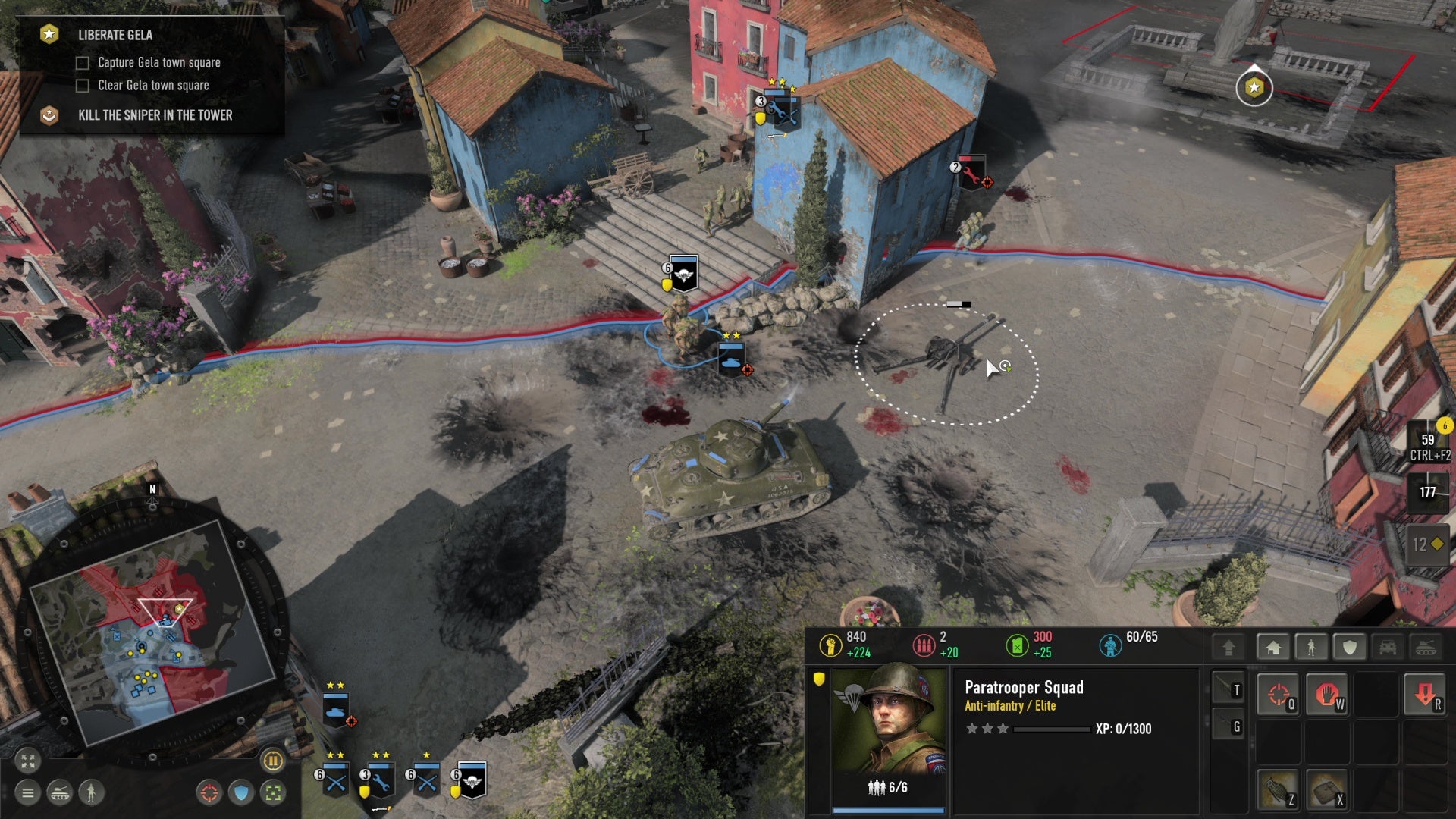“They’re both tough,” says Littman when I asked him about the challenges of supporting both single player and multiplayer content post-launch. “Supporting a game for many years is something that we plan on doing […]. For us, we just want to make content for where the players are, so if more players are gravitating towards the single player, we’ll make more content for single player. If more players are gravitating towards multiplayer, same thing there. Right now, we expect that we’re going to have both, and so we’ll make content for both multiplayer and single player. “As far as the difficulty of making it, it’s just different groups within our development team, which is great. So if we want to do both, we have our gameplay team and our art team [who] can be doing things for multiplayer, and then our campaign team and single player devs can be working on more content there. So it doesn’t matter to us, we just want to make the players happy and make sure they’re getting more of the content they love.” The Company Of Heroes community have already played a large role in the strategy game’s development so far, with Relic forming a high-level player council all the way back in 2017 to help get a steer on what fans might want from a new game in the series. Indeed, Littman tells me it was actually the player council who persuaded Relic to include two different types of campaign this time. “The players told us they’d love to play a dynamic campaign where you have control over all the units at a strategic level, and then you go in and play the RTS battles. And that sounds great. But then we had a group of players who say they really love COH 1 and 2’s campaigns, which are more linear and just tell a story […], so we said, why not do both? So we did both.” Relic have also been actively seeking feedback from the wider Company Of Heroes player base as well during development, particularly after its trio of pre-alpha events over the last 18 months. When I asked him how the team goes about compiling that data and working out what to act on, he said it was about looking for trends. Case in point: Company Of Heroes 3’s new menu interface, which now looks a lot more familiar to what we had in Company Of Heroes 2. “People were not liking the end game UI,” he says. “They’re like, ‘We don’t like it. We don’t like where things are placed. Here’s what we got used to in COH 2, here’s what we want to see in a modern day game.’ And so we said, ‘Okay, that’s a trend. Everyone is saying it, we need to fix it.’ And so then the community broke down all the comments and responses, and gave us everything we needed to then go build it. And it’s extra time, but it’s incredibly well worth it, because the feedback we’re seeing from just that one example has been night and day. People are loving the new UI.” The game’s lighting was another big sticking point earlier in the year: “People said it was too bright, and they wanted to see a little more dark and ominous tone. And so we fixed that, and now people are liking that a lot more,” he says. Ultimately, it’s about “having that two-way conversation,” Littman concludes. “It doesn’t mean we do everything. It just means we can talk about it. We can collaborate with players and they can understand why we made certain decisions.” For more thoughts on how Company Of Heroes 3 is shaping up ahead of its release next February, I’ve got some campaign impressions right here. You can also head to its Steam page for more updates.


